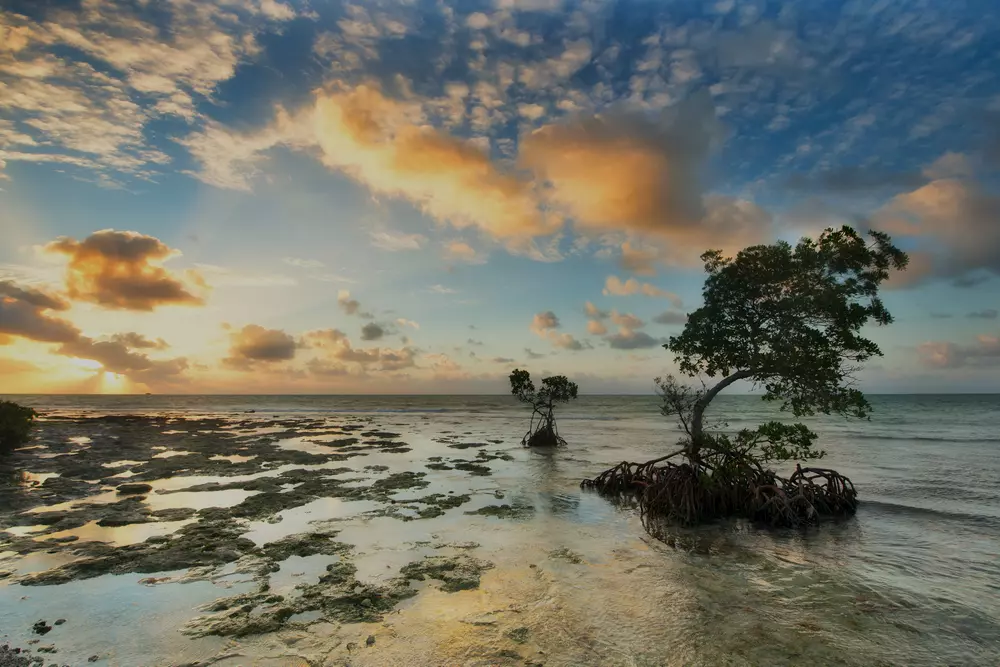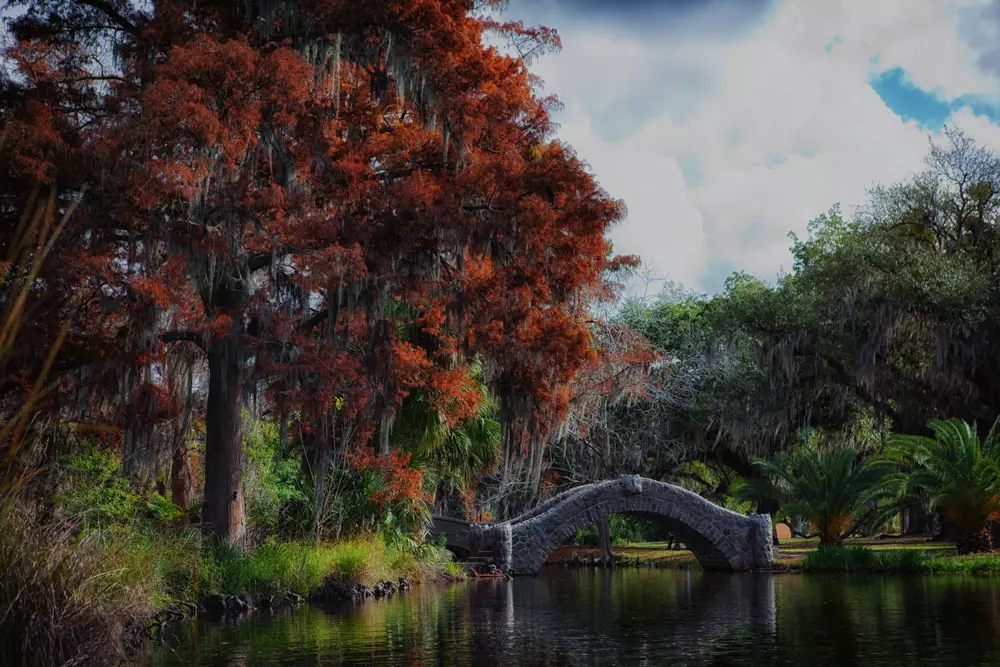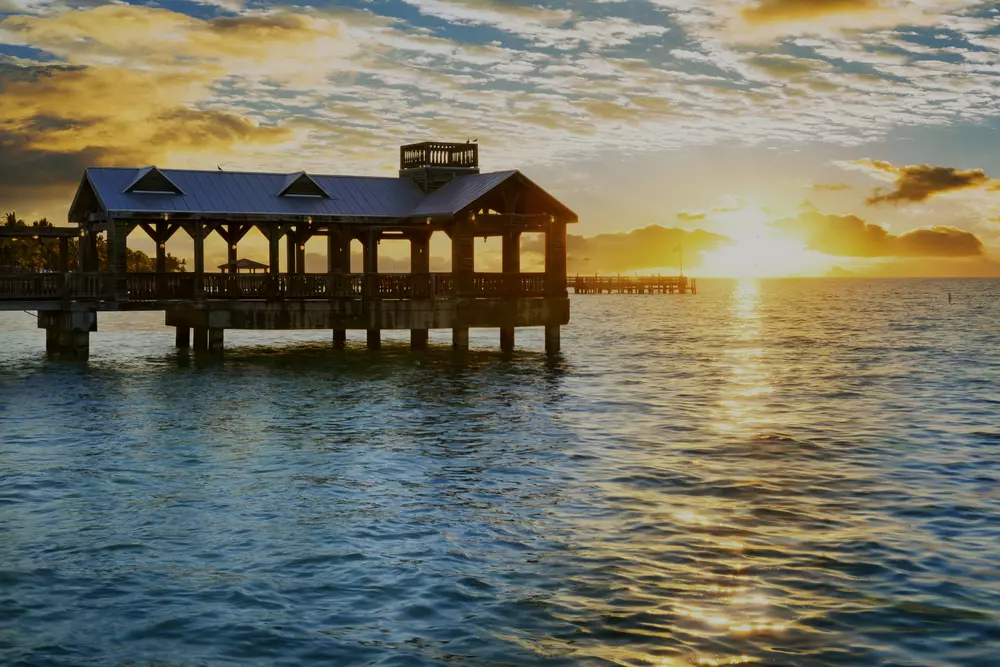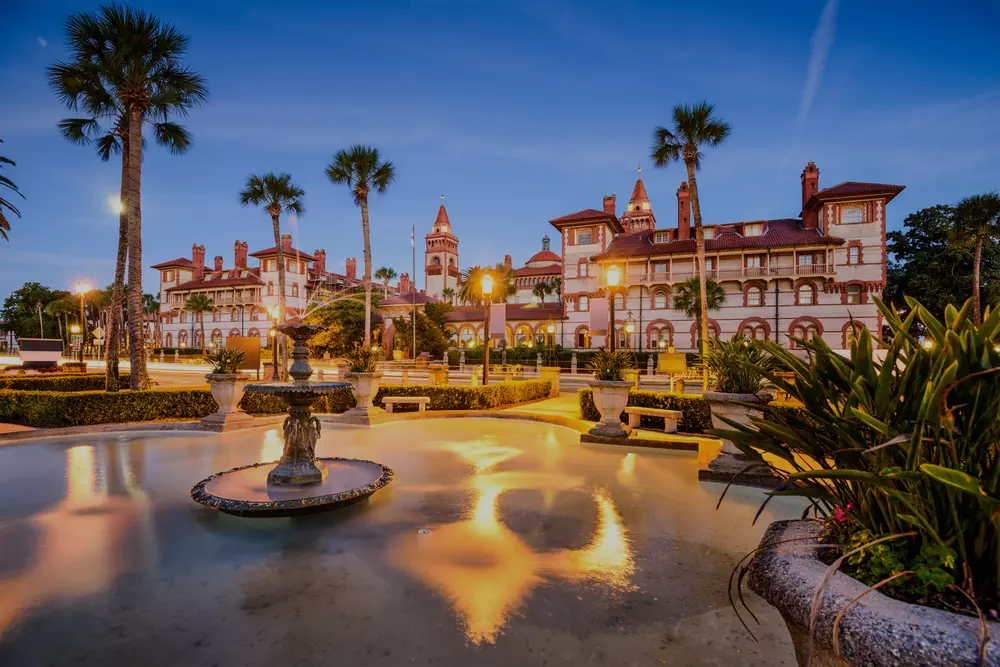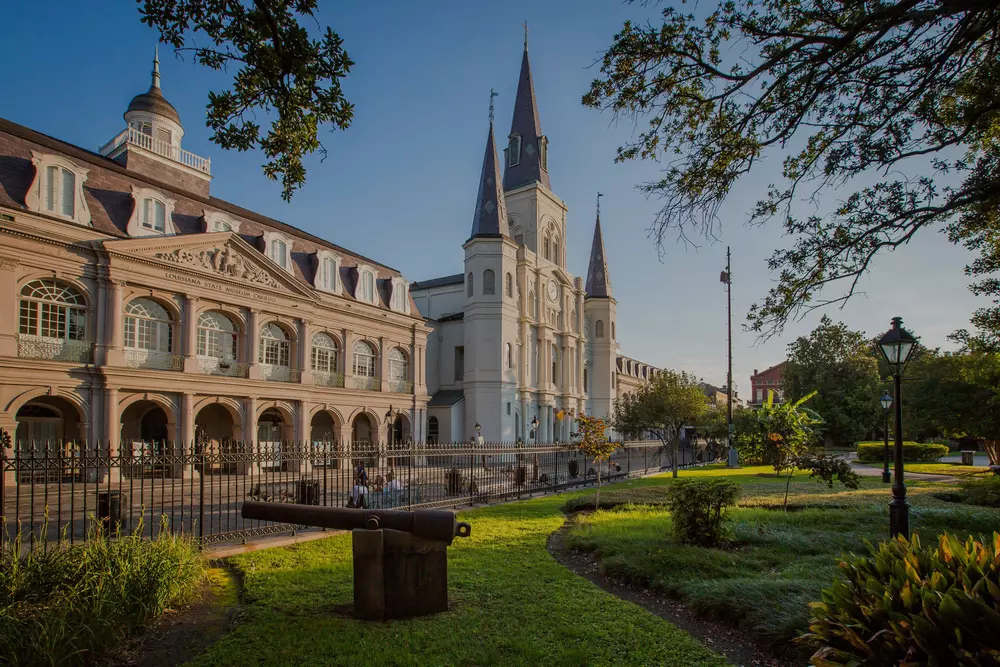Lafayette, a city in Louisiana, is renowned for its hospitality and rich culture. It is a unique place where tradition and modernity intertwine. Known as the culinary capital of Cajun and Creole cuisine, Lafayette is famous for its vibrant music festivals that reflect the diversity of the region. Visitors can explore fascinating museums, delve into the city's history, and enjoy the rich art and crafts of local artisans.
Lafayette invites you to enjoy its picturesque nature, visit cozy cafes and restaurants. Stroll through historic streets, appreciating the local architecture, and discover the unique spirit of Louisiana in Lafayette.

Features of the city of Lafayette
- Lafayette is the fourth largest city in Louisiana, with a population of 120,000 people who have a deep love for two things: eating and dancing.
- The climate is subtropical, with hot summers (25-35°C) and mild winters (0-10°C).
- Lafayette is packed with restaurants, offering more dining options than some larger cities. The cuisine here is straightforward and rustic. Try the boudan, sausages filled with rice and onions, but be sure to specify your preferred level of spiciness to avoid a surprise.
- Also, don't miss out on crawfish, gumbo, and jambalaya. The food is hearty, perfect for fueling up before hitting the dance floor.
- Indeed, many restaurants have their own dance hall. Dancing is a significant part of the city's festivals and celebrations, making Lafayette a highly "musical" city.
- Every year, Lafayette hosts an international festival in late April, lasting four days. The city transforms, with many streets becoming pedestrian-only, food stalls at every turn, and musicians performing on six stages, offering a dilemma on where to go first.

Lafayette: from Indian lands to oil capital
The area of present-day Lafayette once belonged to Native American tribes until French settlers founded a colony along the Vermilion River, naming it Vermilionville. During this period, refugees from Canada arrived after Britain won over France in the Seven Years' War, leading to Canada coming under British rule.
The indigenous inhabitants and the French colonists found a common ground, as the newcomers did not claim the lands for themselves and shared the Catholic faith with the locals. This encouraged the French to learn the local language and customs, facilitating a cultural merge.
The region thrived agriculturally, mainly due to sugar plantations. Vermilionville became home to many planters, but the city's population was primarily composed of slaves, who accounted for almost half of its inhabitants—a dark chapter in history that is remembered without pride today.
In 1884, the city was renamed Lafayette, in honor of the French Marquis and hero of the American War of Independence, Gilbert du Motier, Marquis de Lafayette, a name that many American cities bear. The remainder of the 19th century saw Lafayette flourish as an agricultural supplier, with miners joining the workforce after the Civil War.
With the advent of the 20th century and the era of production mechanization, the number of farmers decreased. The city could have faced depopulation if oil deposits hadn't been discovered in the 1940s. This discovery gave a significant boost to the development of the oil and gas industry, which continues to thrive in Lafayette to this day.
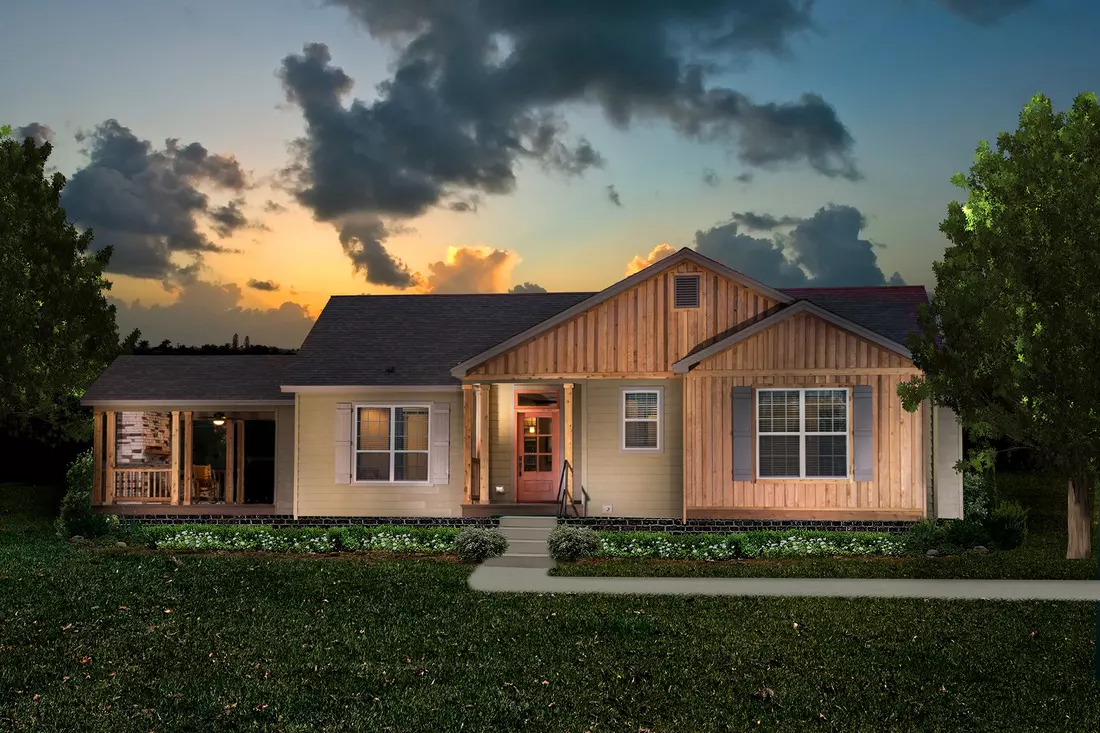
Lafayette is where the soul of Louisiana dances to the rhythms of zydeco, and every corner of the city whispers stories of the past and songs of the future.American Butler
Lafayette Attractions
All the city's attractions can be explored in one day. However, it will be a day full of activities during which you'll immerse yourself in the unique culture of the descendants of the colonists.
- Vermilionville Living History Museum & Folklife Park
This museum is dedicated to the history and culture of the Creoles and Cajuns who lived in the city centuries ago. It's a mini-village with a chapel, school, forge, and abandoned homes. Traditional festivals and fairs are held here, and the staff wear historically accurate costumes. As a souvenir, you can buy stylized utensils and craftwork. There are culinary and dance schools, as well as river tours. - Cathedral of St. John the Evangelist
The first church built in the city. Its construction spanned nearly a century, from 1821 to 1916. The building, executed in Romanesque Revival style, stands out with its vibrant white and red decoration. Next to the cathedral is a museum where you can learn why the church took so long to build. Also, notice the oak tree growing nearby — it's already 500 years old. - Lafayette Science Museum
This science museum houses 1,000 paintings and sculptures. Although the museum itself is small, it includes an exhibition with dinosaur skeletons and a collection of moon rocks. The planetarium runs 12 programs and its own events. - Champagnes Swamp Tours
A boat tour of the Martin swamp lake is a must-mention. Here you'll see alligators, snakes, frogs, rare species of owls, woodpeckers, and unusual trees and plants. The tour guide will tell you about the history of the Cajuns and how they navigated this lake.
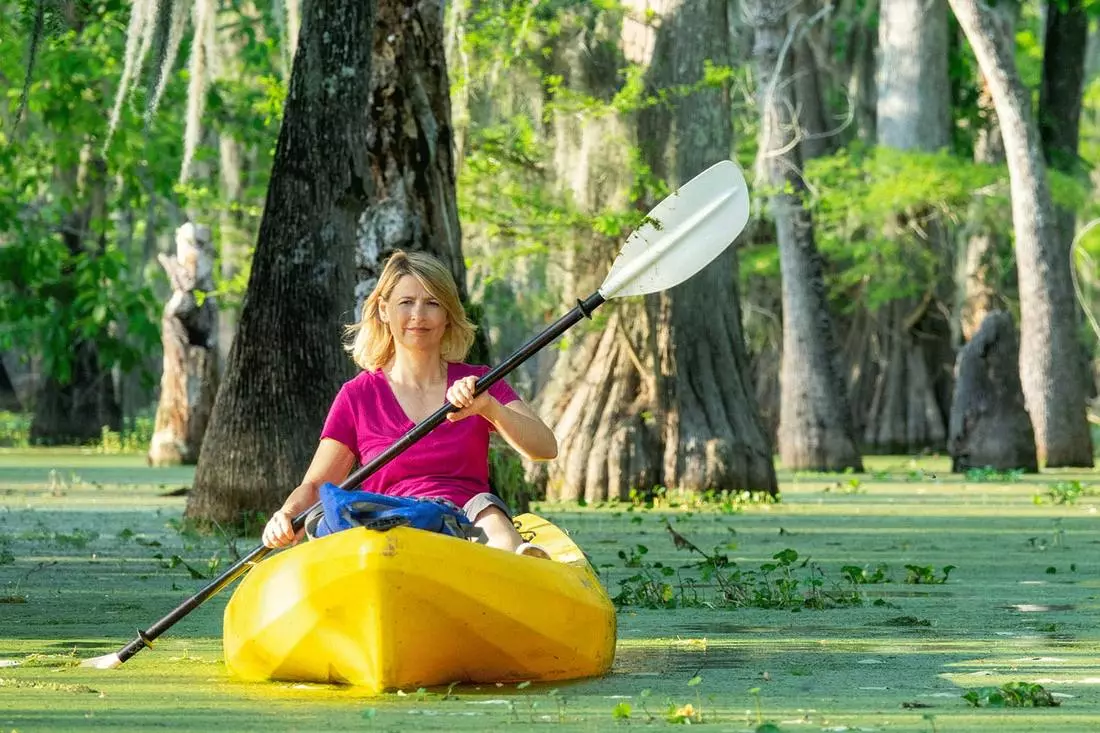
Lafayette is a city where history seamlessly intertwines with modernity, and cultural diversity thrives in every neighborhood. It's a place where respect for the past is combined with the dynamism of the present, creating a unique atmosphere that can only be experienced here, in the heart of Louisiana. It's no wonder that Lafayette continues to attract travelers and adventure seekers eager to explore its rich heritage and enjoy its scenic nature.
With American Butler, your educational journey through Lafayette becomes even more exciting and comfortable. We offer tours that will unveil all facets of this unique city, including its historical sites, culinary masterpieces, and natural beauty. Discover Lafayette with us, and your impression of Louisiana will stay with you for years to come.






















